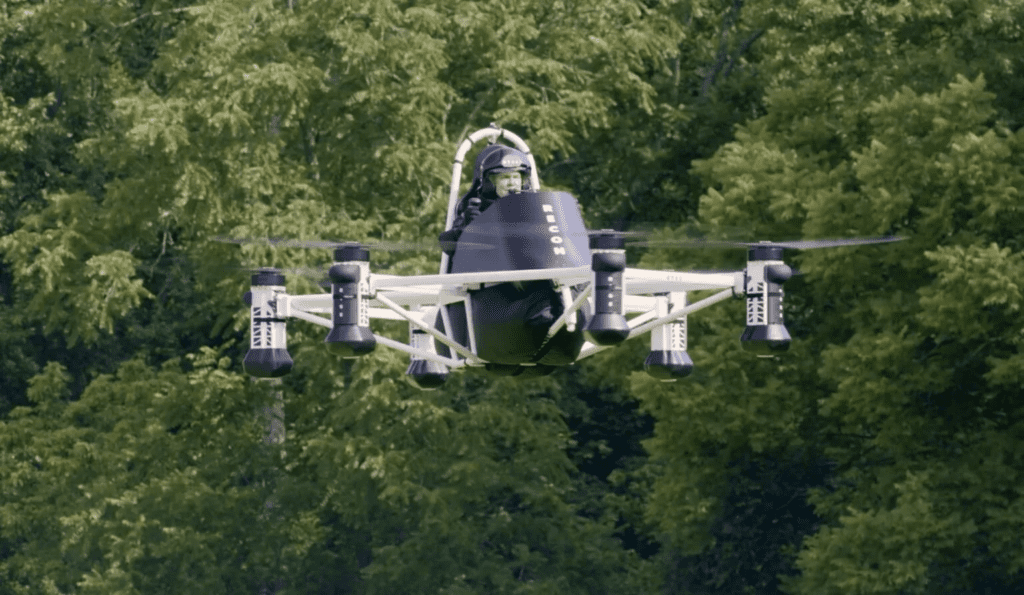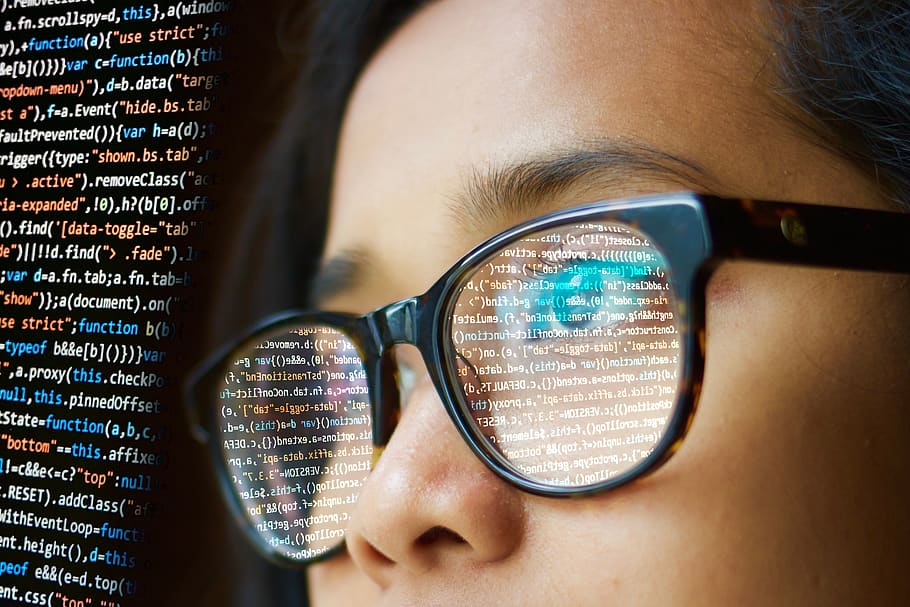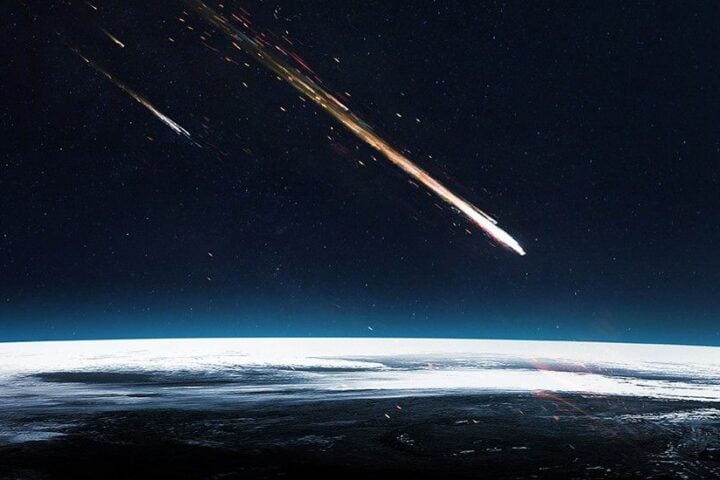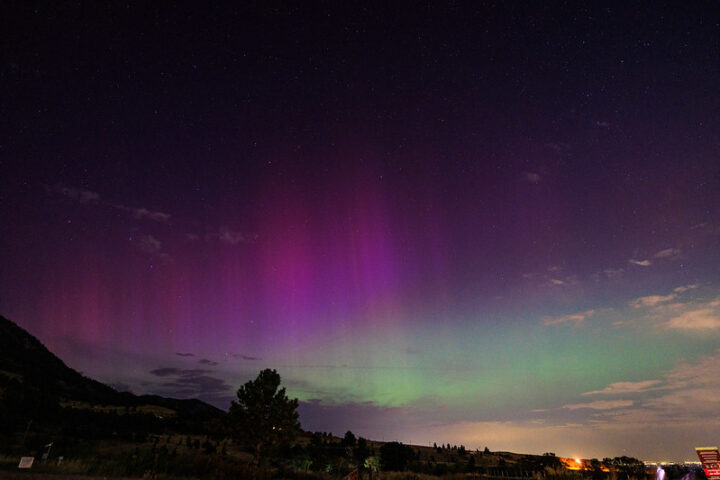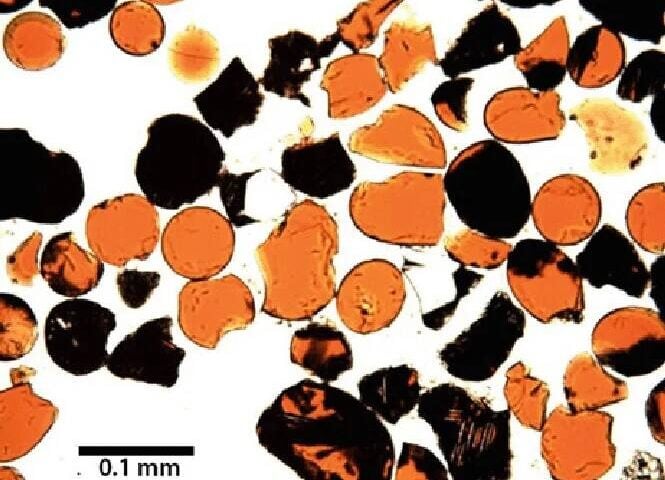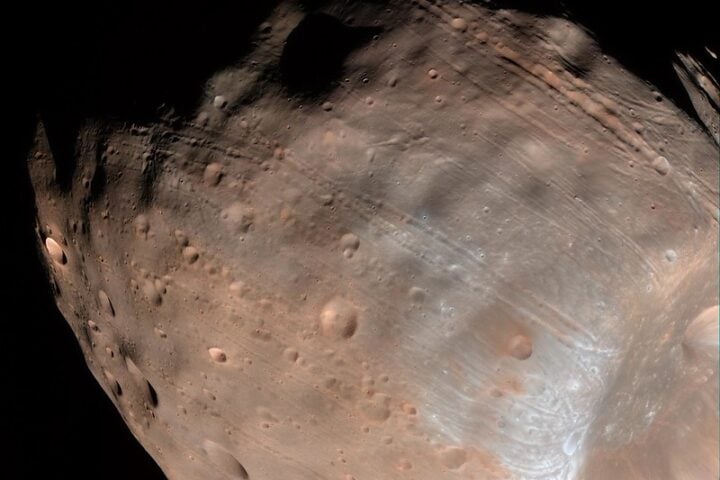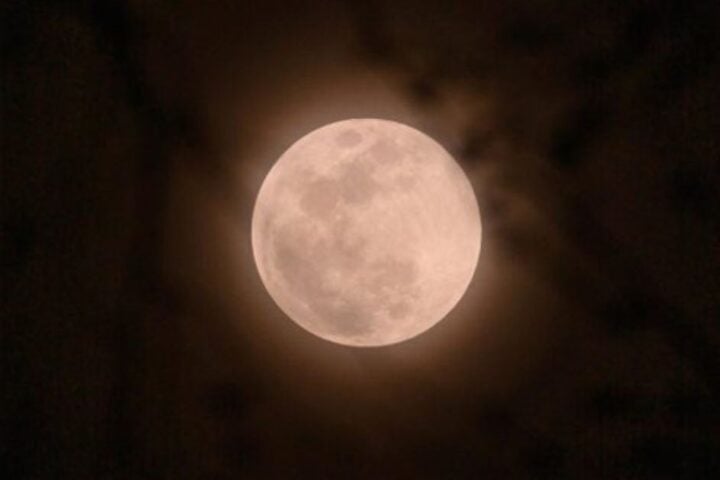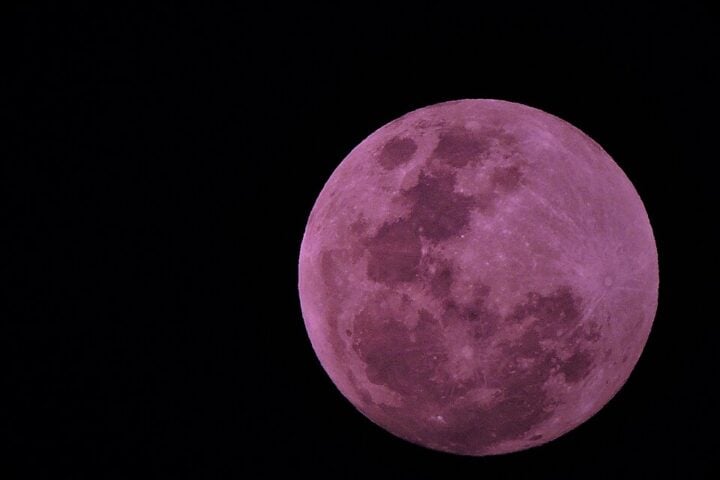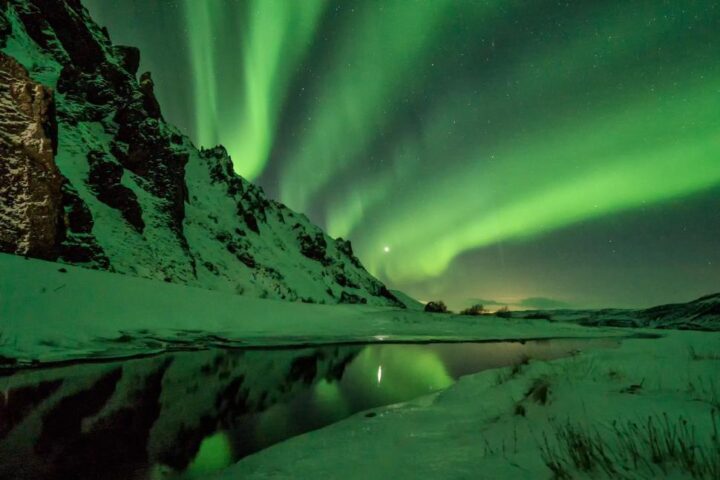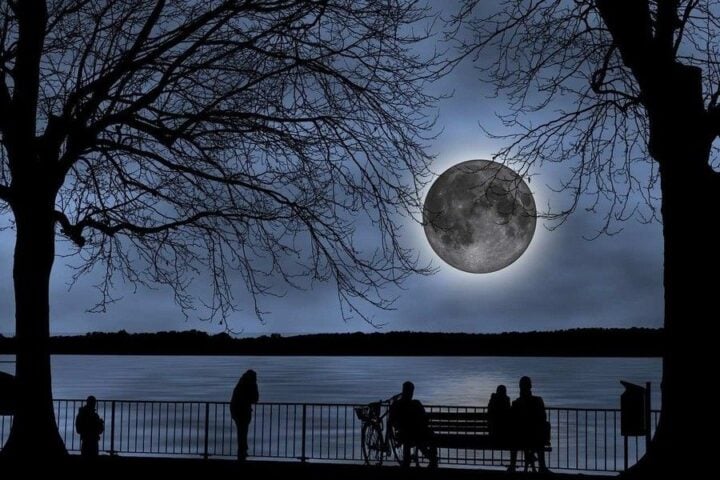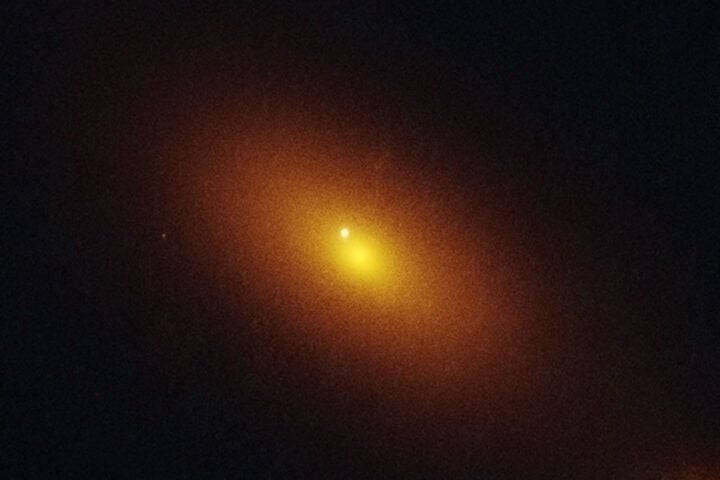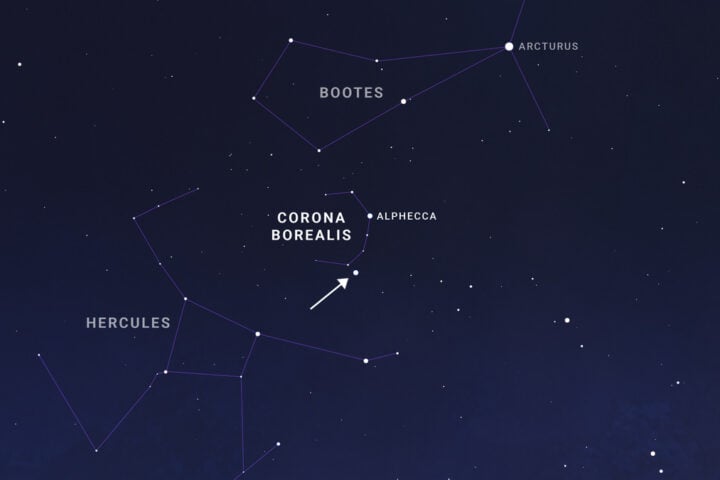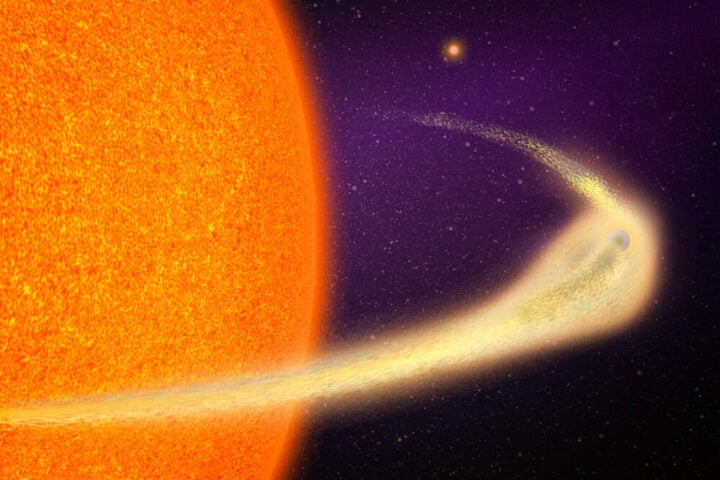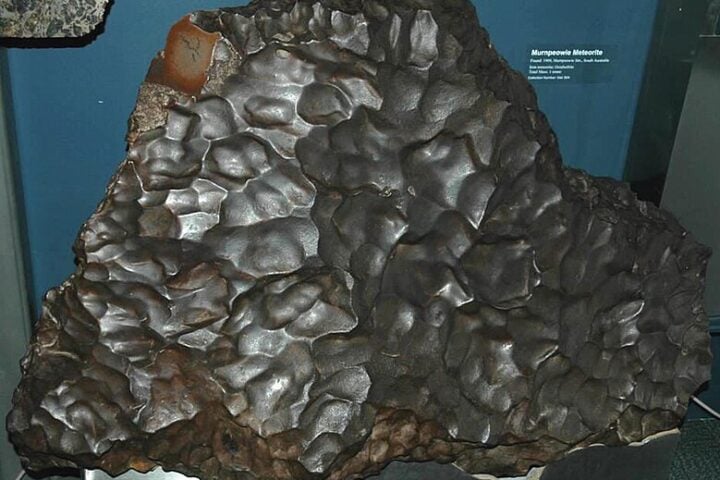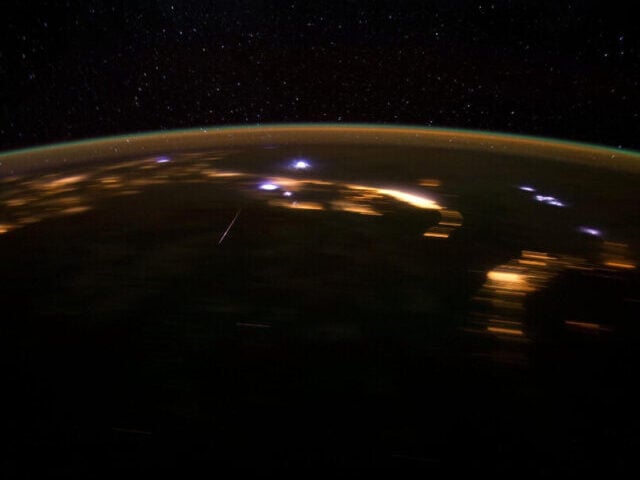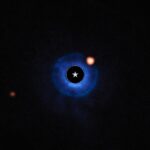A celestial wonder not seen for over 400 years, Comet Nishimura, is set to grace our night skies this month. Highlighting the comet’s historical significance, the Associated Press first reported this rare astronomical event. Hides Nishimura, a novice Japanese astronomer, was the first to spot this cosmic marvel in mid-August. Comet Nishimura, named in honour of its discoverer, is expected to be most visible in the Northern Hemisphere around the week of September 12. The trajectory of the comet will bring it within a striking 78 miles of Earth.
The stargazers in the Southern Hemisphere might get their chance to witness this spectacle by September 18, provided it remains intact after its close encounter with the Sun. A professor at Arizona State University, Philip Mauskopf, describes comets as icy & rocky bodies from the solar system that occasionally venture deep into our inner solar system. Comets, often dubbed “dirty snowballs”, comprise frozen water, methane, & a mix of volatile compounds, dust, & rocky particles. Optimism is expressed by NASA about Comet Nishimura’s visibility, especially as it nears the Sun early September. As the comet approaches the Sun on September 17, however, there is a possibility its nucleus might disintegrate, though it is likely to endure the journey.
NASA suggests looking to the skies near sunrise or sunset when the comet is most luminous, for the best viewing experience. The discovery of Nishimura on August 11 was a result of 30-second exposures capturing the comet amidst the sun’s flare. The discovery was confirmed by the International Astronomical Union adhering to the tradition of naming the comet after its discoverer. That marks the third comet discovery for Nishimura, impressively, a feat that stands out given the advanced sky surveys conducted by powerful telescopes. Captivating stargazers worldwide, this green-tailed comet has been under continuous observation since its discovery.
Similar Posts
The comet’s faintness suggests telescopes or binoculars would offer a clearer view, while it is anticipated to be visible to the naked eye. Enthusiasts should direct their gaze towards the northeastern horizon, specifically near the constellation Leo, about 90 minutes before sunrise, for optimal viewing. Using binoculars & knowing the precise location to spot the comet are advised by Paul Chodas from NASA’s Center for Near-Earth Object Studies. The comet’s visibility might diminish as it comes inches closer to the Sun, making early September the prime time for observation.
Austrian Michael Jäger, notable comet hunter, has already captured breathtaking images of Comet Nishimura, showcasing its dynamic tail & vibrant green hue. The journey of the comet has been documented by astrophotographers globally, from its disconnection event to its regrowth, offering a visual treat for astronomy lovers. Nick Bull captured a particularly striking image, showcasing the comet above the iconic Stonehenge monument. The Celestron Astro Fl 102 comes highly recommended for beginners, who are eager to embark on their own comet-hunting adventures.
Comet Nishimura is gearing up for its perihelion on September 17, as it approaches its closest point to Earth on September 12. The viewers can expect a fuzzy, greenish orb, through binoculars or telescopes, but with advanced optics, the comet’s tail becomes discernible. As the comet could potentially brighten unexpectedly or undergo sudden changes, its unpredictable nature adds to the excitement. Comet Nishimura is set to venture back to the outer solar system, after its close brush with the Sun, never to return, making this a once-in-a-lifetime viewing opportunity. Nishimura has now become a hyperbolic comet, after originating from our Oort Cloud, destined to journey into interstellar space.
There are comprehensive guides available on photographing comets & the best equipment for Astrophotography, for those keen on capturing the celestial event. The discovery of Comet Nishimura using a standard DSLR camera underscores the potential of amateur astronomy & the wonders that it can unveil. The world watches in anticipation, eager to witness a piece of cosmic history, as the comet continues its journey.

